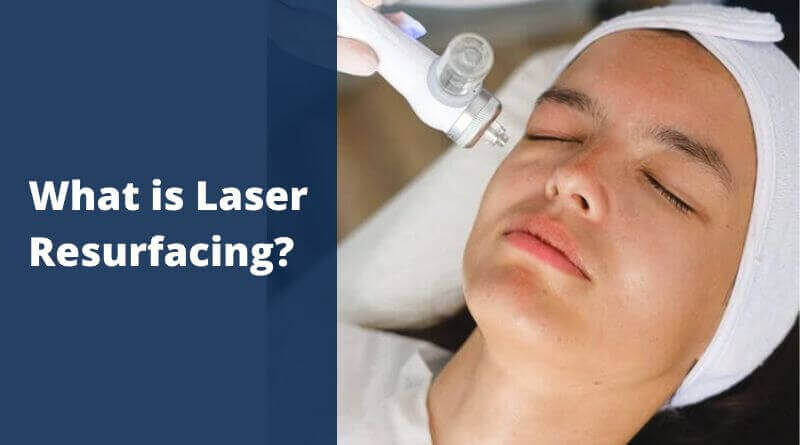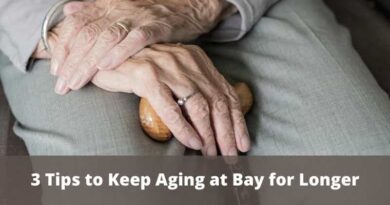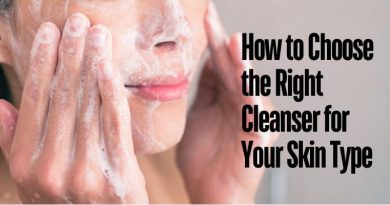Laser Resurfacing: A Comprehensive Guide to Skin Rejuvenation
Laser resurfacing is a cutting-edge cosmetic procedure that improves skin texture, reduces wrinkles, and treats various skin conditions. This non-invasive treatment uses advanced laser technology to remove damaged skin layers, stimulate collagen production, and promote healthier skin regeneration.
Table of Contents
What Is Laser Resurfacing?
Laser resurfacing is a dermatological treatment designed to enhance skin appearance by using laser energy to target imperfections. It effectively reduces wrinkles, acne scars, sun damage, and other skin irregularities. The procedure can be performed in a dermatologist’s office or a specialized laser clinic.
Laser resurfacing is a safe and effective treatment, but mild side effects such as redness, swelling, and temporary discomfort may occur. The recovery time depends on the type and intensity of the laser used.
How Does Laser Resurfacing Work?
Laser resurfacing works by directing concentrated light energy into the skin. This energy removes damaged skin layers while stimulating the body’s natural healing response. The process encourages collagen production, which leads to smoother, firmer, and more youthful-looking skin.
Types of Laser Resurfacing Treatments
Laser resurfacing is divided into two main categories:
1. Ablative Laser Resurfacing
Ablative lasers remove the top layer of skin, making them ideal for treating deep wrinkles, scars, and severe sun damage. Popular ablative lasers include CO2 lasers and Erbium lasers. These provide dramatic improvements but require a longer recovery time.
2. Non-Ablative Laser Resurfacing
Non-ablative lasers work beneath the skin’s surface, stimulating collagen production without removing the outer skin layer. These are suitable for treating fine lines, mild skin laxity, and hyperpigmentation with minimal downtime.
Common Skin Concerns Treated by Laser Resurfacing
Laser resurfacing is widely used to address various skin conditions, including:
- Wrinkles and Fine Lines: Reduces visible signs of aging by boosting collagen.
- Acne Scars: Improves skin texture and minimizes scarring.
- Sun Damage: Treats hyperpigmentation and uneven skin tone.
- Tattoo Removal: Breaks down tattoo ink particles for gradual fading.
- Rhinophyma: Helps reduce excessive oil gland growth on the nose.
- Blepharoplasty Preparation: Used as a pre-treatment for eyelid surgery to enhance results.
Fractional Laser Resurfacing: A Modern Approach
Fractional laser resurfacing is an advanced technique that creates microscopic wounds in the skin. This triggers the body’s natural healing process, leading to faster recovery and improved skin tone and texture. It is effective in treating wrinkles, scars, and sun damage.
Laser Resurfacing Cost and Considerations
The cost of laser resurfacing varies depending on the type of laser, the treatment area, and the clinic’s location. On average:
- Ablative laser resurfacing: $2,000 – $5,000 per session
- Non-ablative laser resurfacing: $1,000 – $3,000 per session
Factors affecting the cost include the severity of the skin condition, the number of sessions required, and the expertise of the dermatologist.
Finding the Best Laser Skin Resurfacing Near Me
If you are looking for laser skin resurfacing near you, it is essential to choose a board-certified dermatologist or cosmetic surgeon with experience in laser treatments. Always research clinics, read patient reviews, and schedule a consultation to discuss your skin goals.
FAQs About Laser Resurfacing
1. Is laser resurfacing painful? Laser resurfacing may cause mild discomfort, but numbing creams or local anesthesia can minimize pain.
2. How long does recovery take? Recovery time varies by treatment type. Ablative laser resurfacing may take 1-2 weeks, while non-ablative treatments require minimal downtime.
3. Are the results permanent? Results are long-lasting, but aging and environmental factors may impact skin over time. Regular skincare and maintenance treatments can prolong benefits.
4. Can all skin types undergo laser resurfacing? Some lasers are better suited for certain skin tones. A dermatologist will determine the best treatment based on your skin type and concerns.
Conclusion
Laser resurfacing is a powerful solution for achieving smoother, youthful, and rejuvenated skin. Whether you are considering laser skin resurfacing for wrinkles, acne scars, or sun damage, this treatment can provide remarkable improvements. Consult a specialist to determine the best laser resurfacing option for your needs.
Sources:
- American Academy of Dermatology: www.aad.org
- Mayo Clinic: www.mayoclinic.org
Recommended Articles:
The Best Laser Hair Growth Devices




